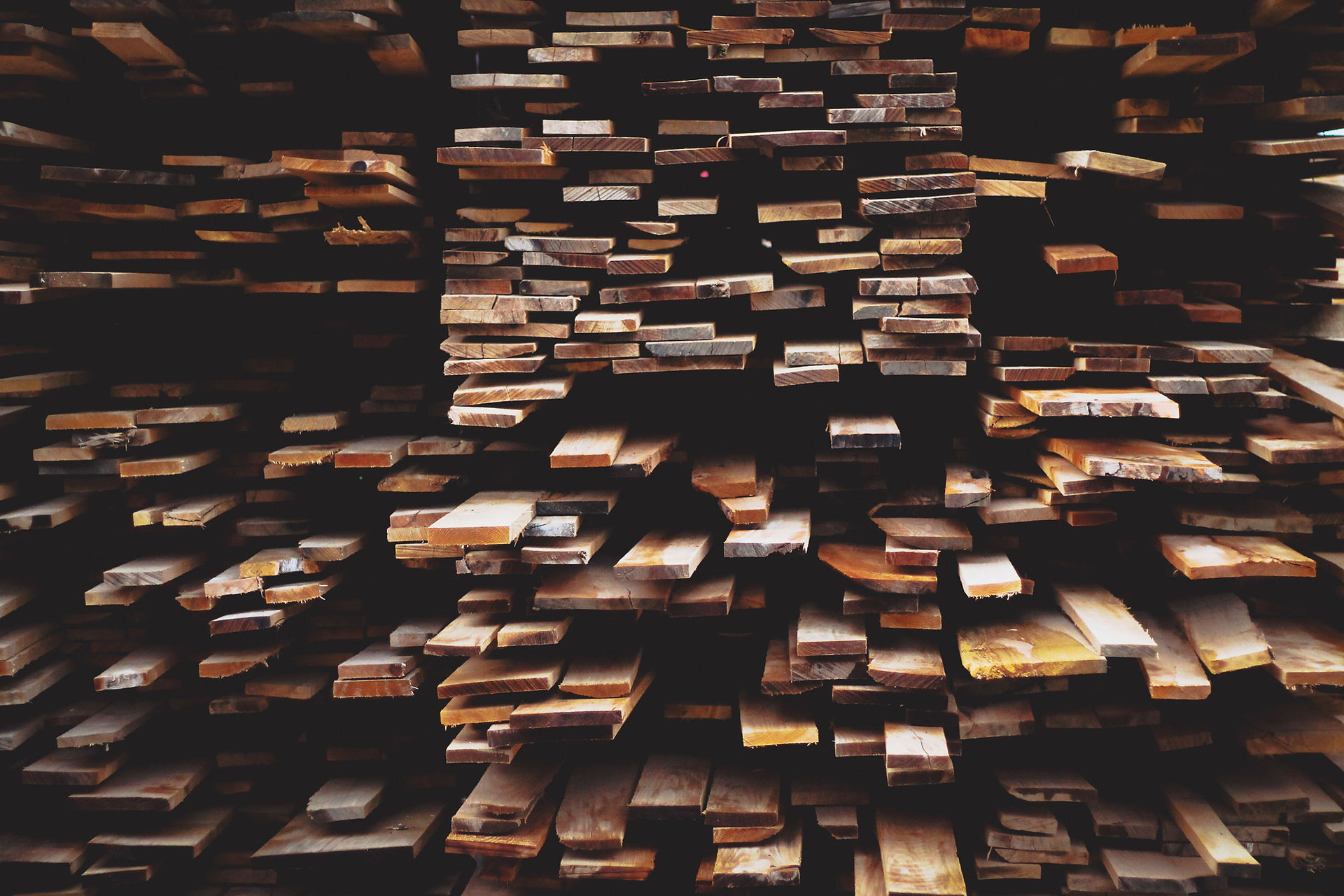Fret not! With substantial research and experiences in quality control, here’s a list that will ease your load.
SOLID WOOD:
All exposed parts are made of the same species of all natural wood, with no other materials included, such as plywood or particle board.
Pros:
1. Looks natural.
2. Durable.
3. A range of about 9-60 customizable stain and finish options. Not only can you select your colour of preference, you can decide if you’d like your piece distressed, antiqued, glossy or matte. (laminated layers have restricted options)
4. Highly repairable, if something bumps or falls on a solid wood piece of furniture, or if a part of it breaks completely, it can be repaired. However, if a solid wood dining table top or counter top were dinged, the whole top would need to be refinished. You could not touch up just one spot.
Cons:
1. Expensive.
2. More time needed for manufacturing.
3. Susceptible to splitting, cracking, warping and general movement, due to drastic differences in humidity and temperature from the piece’s place of origin to the location with drier climate.
( If you are mindful of these changes throughout the year, you are likely to have few problems with a solid wood product. )
WOOD VENEER:
Refers to thin slices of wood, usually thinner than 3 mm (1/8 inch), that typically are glued onto core panels (particle board or medium-density fiberboard) to produce flat panels such as doors, tops and panels for cabinets, parquet floors and parts of furniture.
Pros:
1. Lower price point.
2. Easily refinished, don’t have to refinish the whole top like solid wood. (But limited based on the thickness of the piece’s veneer. You would have to be wary of sanding through it, an irreversible mistake.)
3. Less time to manufacture.
4. Wood veneer on plywood/MDF has better resistant to warping than solid wood.
Cons:
1. Durability base on the inner wood type (plywood/MDF/particleboard) and the thickness of veneer wood.
2. Limited Finish options.
LAMINATE:
Laminate is a man-made, printed surface made to look like real wood, but usually made of plastic and bonded to a composite base. Similar to wood veneer, usually thinner than 3 mm (1/8 inch)
Pros:
1. Laminate is a man-made product. This means that it is stronger in terms of durability in comparison to wood veneer.
2. In terms of variety, it does not fall short of wood veneer and can even offer other textured options such as metallic finishing or marbled finishing.
3. Great when it comes to heat resistant as well as scratch resistant depending on different brands!
4. It's also much easier to produce laminate products, so the price of laminate furniture is usually economical, making it the more budget-friendly choice.
Cons:
1. Since it's a manufactured surface, you will not get the natural variations and true wood grains that you see with real wood veneer
2. Laminates can’t be sanded and stained. And they aren’t as strong as solid hardwoods.
1) Most high end furniture are make of thick veneers on plywood/MDF.
2) Veneer range from 0.6mm, 1.8mm, 2.2mm, 3.2mm – the thicker it is the more durable and fixable longer term the product will be.
3) Do not confuse veneer wood with laminate.
Veneer = Real Wood Layer
Laminate = Paper/Plastic Layer
4) The fact that a product is made from solid wood is often touted in advertisements.
There tend to be a lot of assumptions and myths floating around about the quality of different laminate and veneer products. The truth is that they offer many benefits that may make them a more attractive alternative to expensive pieces of wood furniture. It all depends on your priorities and your budget.

Comentários